Why we decided on a tiny wood stove
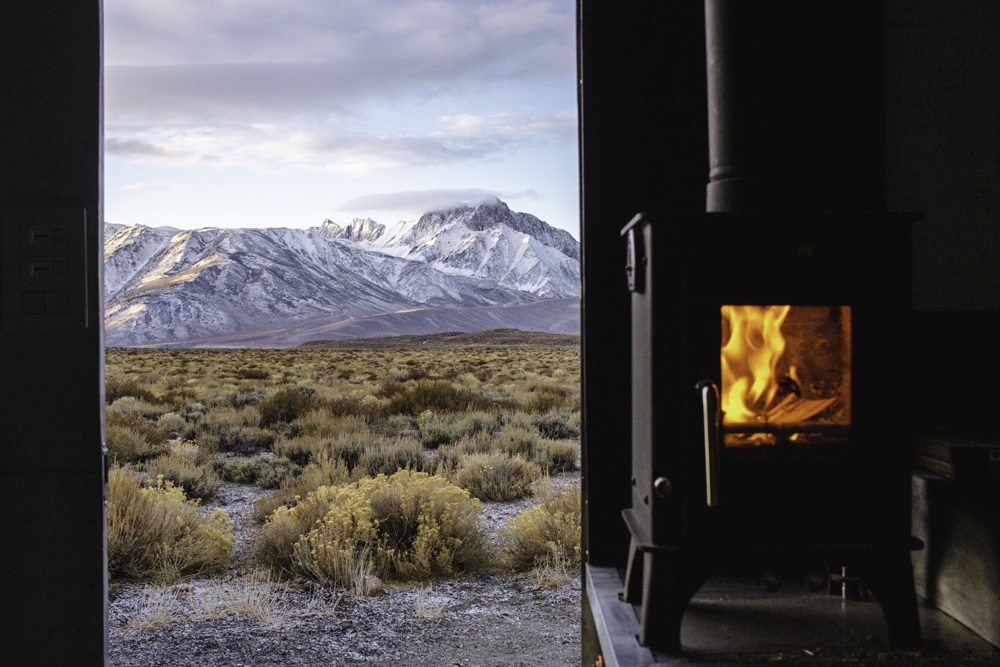
When we started the renovation Marcel came up with the idea of using a tiny wood stove as a heating source for our new trailer. Naturally, I told him that is weird and I don’t want that. But I couldn’t come up with a better idea, because all other options we’ve tried and they did.not.work for us.
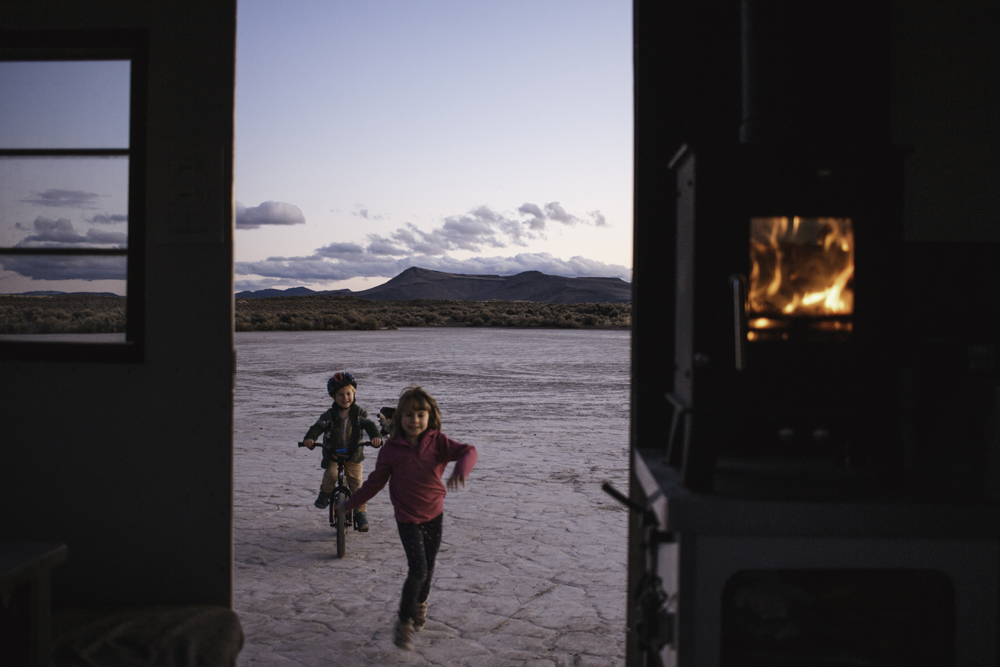
The most obvious heating solution you’d come across is a build-in propane heater. We had that in both other rigs, but we rarely used them. That’s because they put out an insane amount of condensation, which either causes mold or icicles, depending on how cold it is. They burn through your batteries like a kid though halloween candy. And they eat up about one propane bottle a night (which is crazy expensive, and limits your days off-grid to about two, depending on how many bottles you carry around). Also they’re insanely loud and when they break you either need to pay a lot of money or work up on that RV technician degree to find the issue and fix it. Marcel once got a knife catapulted at his face by a furnace rotor that suddenly turned on again.
So propane heat was out of discussion.
Another option is electric heaters, but to actually use them all night every night you either need to be plugged into the grid, have the generator running (loud, obnoxious and expensive), or have a shit ton of solar installed, which probably won’t last you in the winter anyways. An electric heater is what we used in our winter in north Idaho. And while it kept us reasonably warm it didn’t help with the condensation (RE:icicles on the wall), and we paid a lot of money in electric bills. And, this is my personal opinion, they’re sketchy af, so we wouldn’t have them running when we left for town. That means by the time we got home we had to defrost the door to get back inside. Yes, we actually had to break into our trailer on multiple occasions, because condensation plus sudden temperature drop result in your door freezing shut.
Ok, so this got me researching the stove option. Turns out it doesn’t have most of the disadvantages (doesn’t eat up any resources like electricity and propane, which we need for other things), helps with condensation in the winter, can be operated pretty much free of cost (except for the stupid expensive lighters), plus it looks pretty damn good.

There are a couple of stoves on the market right now: the Dickinson Marine stove, the Cubic Mini and the Tiny Wood Stove.
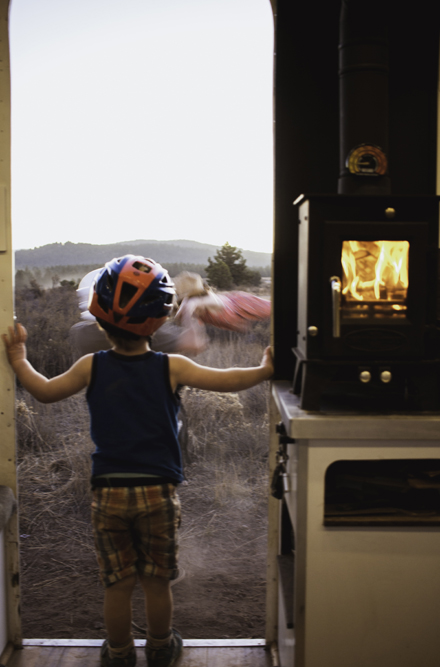
We ended up going with the 3kw Dwarf from Tiny Wood Stove because of the look, price and recommendation by other travelers. I love the sleek look, plus support is located in the states, which was a big selling point for us.
We planned on installing the Tiny Wood Stove, but then waited with ordering until they were sold out until spring. Which gave us the great option to compare a winter spend without stove to one spent with it. For reference reasons we ended up spending the same time in the same area with comparable temperatures. Conclusion: The eastern Sierras in November at -2 degrees are way more fun with a tiny wood stove.
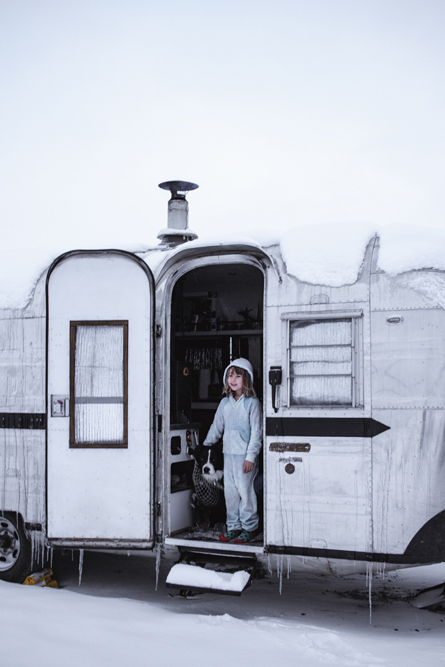
I said the stove is pretty much free of charge. We check local restrictions on fire wood collection and then go scout national forests roads for downed trees (ideally cut up in rounds, or pieces too small for regular use).We did not have to pay for heating since installing the stove. Even in the desert there was always enough trees around to find some free wood.
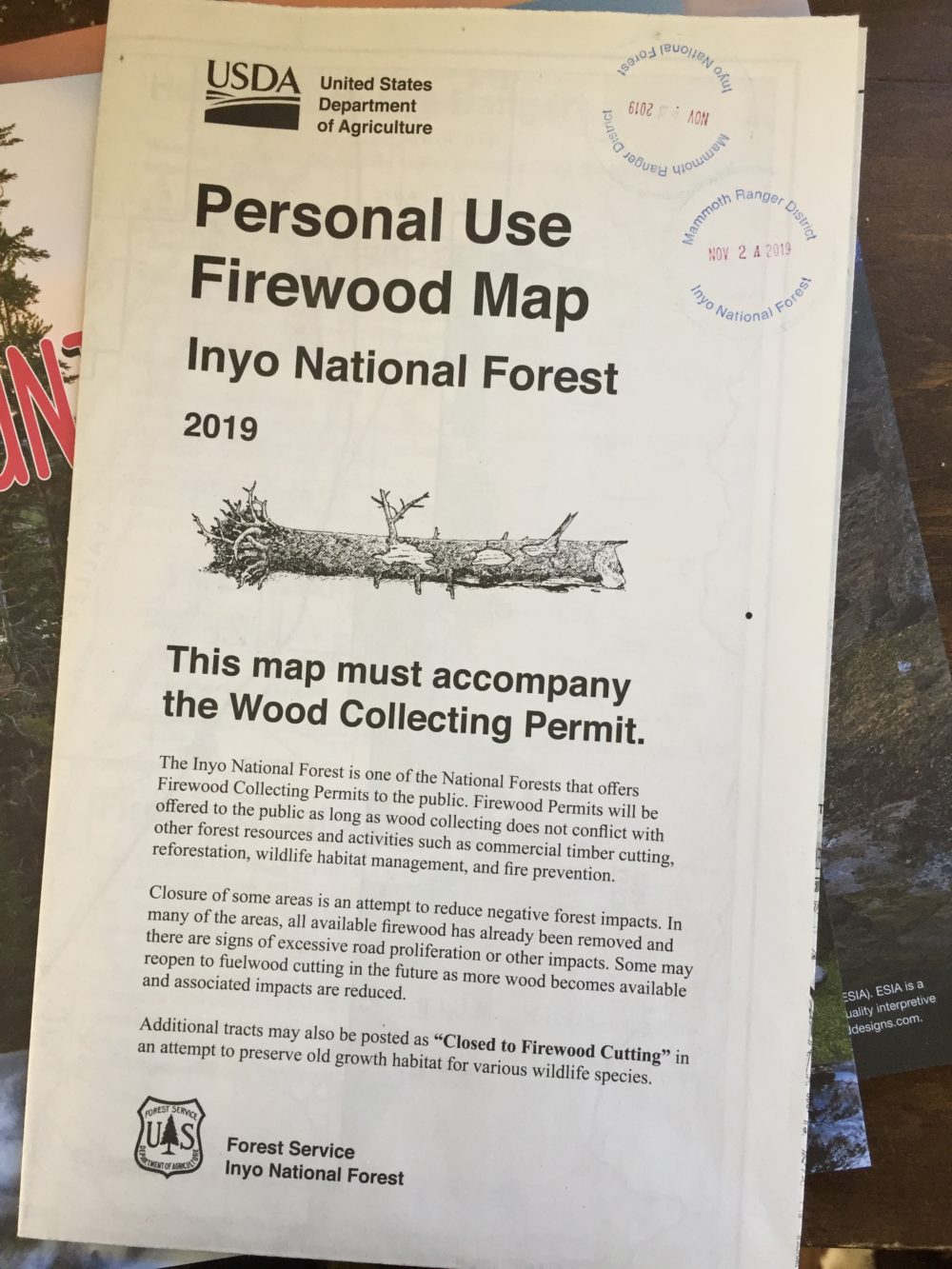
For periods of cold weather we generally try to carry around about 3-4 IKEA bags of cut up wood. Depending on the weather this lasts us about 4 weeks, or two if we have the stove running all day. We have one of the smaller IKEA bags inside. We refill it about daily to not run out of wood at night. And even with burning wood all day, we haven’t run out of fuel yet. Even though the kids fight me for each piece of fire starter cardboard box or crafting purposes.
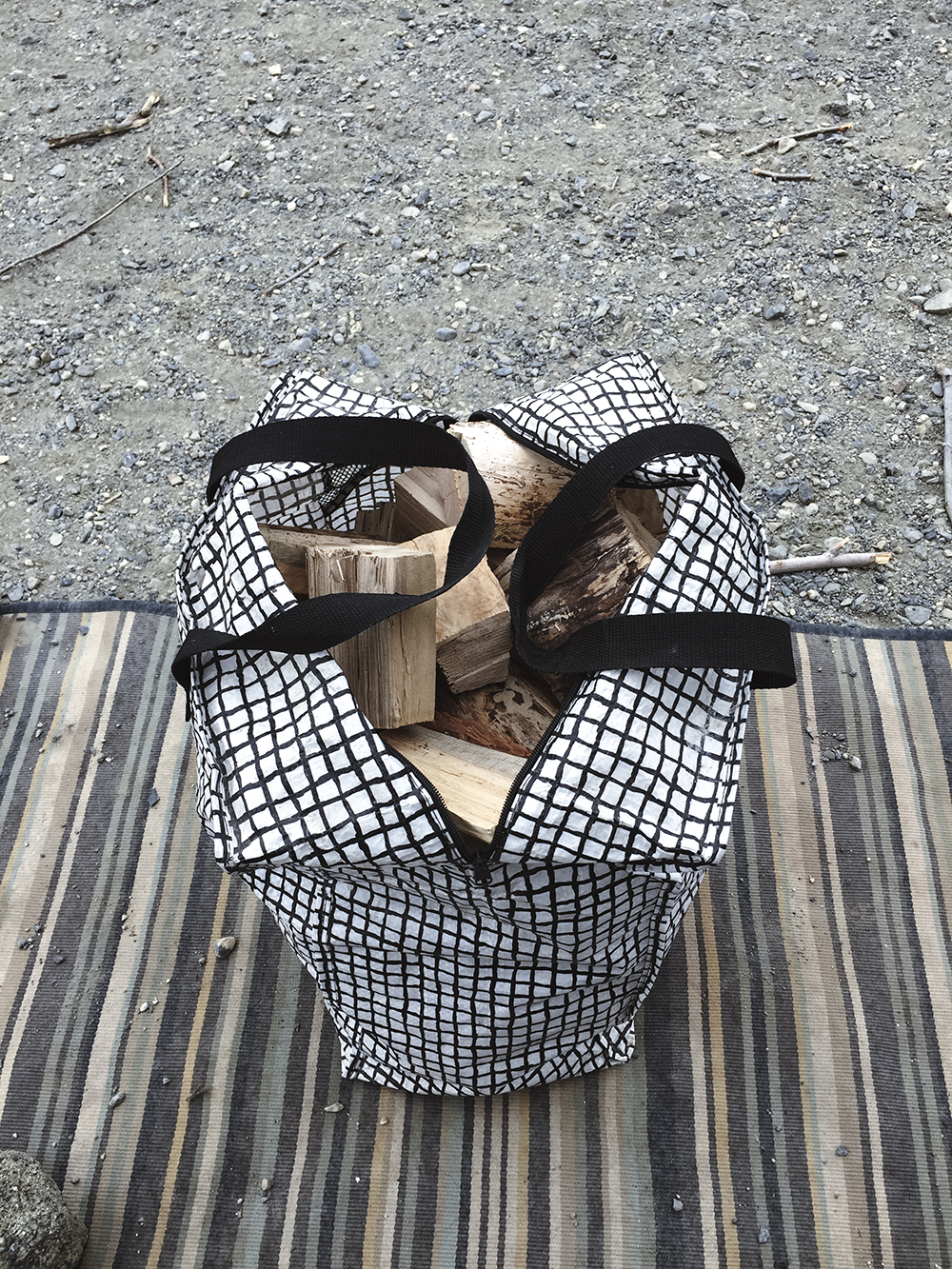
We also bought a couple of compressed wood logs (without additives, which will form a lot of creosote, and are generally not really the best choice for tiny stoves) that have been working great for keeping the heat going at night. However, this was mainly for the nights that the temperatures hit 0 degrees Fahrenheit. For milder conditions regular wood works fine.
Some links may be affiliate links. We may get paid if you buy something after clicking one of these. There will be no additional costs for you, but maybe some fancy ice cream in our future.